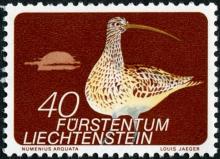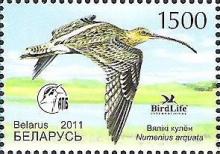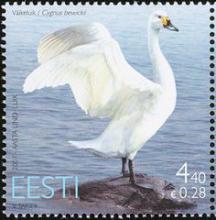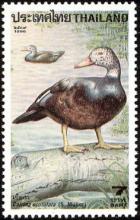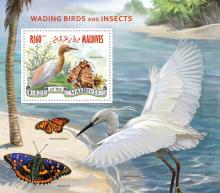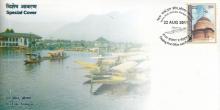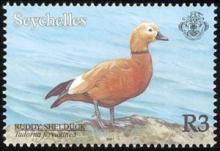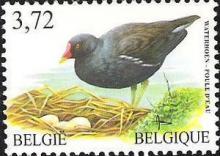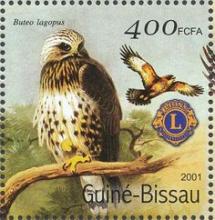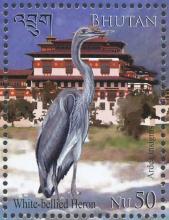Curlew numbers fall by two thirds over past 12 years in New Forest National Park
Curlew (Numenius arquata) numbers in one of the birds' strongholds in southern England have experienced a "shocking decline", conservationists have said. Figures released by Wild New Forest (WNF) show a two-thirds decline in breeding pairs in the national park over the past 12 years. In 2004, about 100 breeding pairs were identified, compared with 40 recorded by volunteers in 2016. The curlew, with its long down-curved bill, is Europe's largest wading bird and it typically nests in open areas of heath and bog at ground level.

